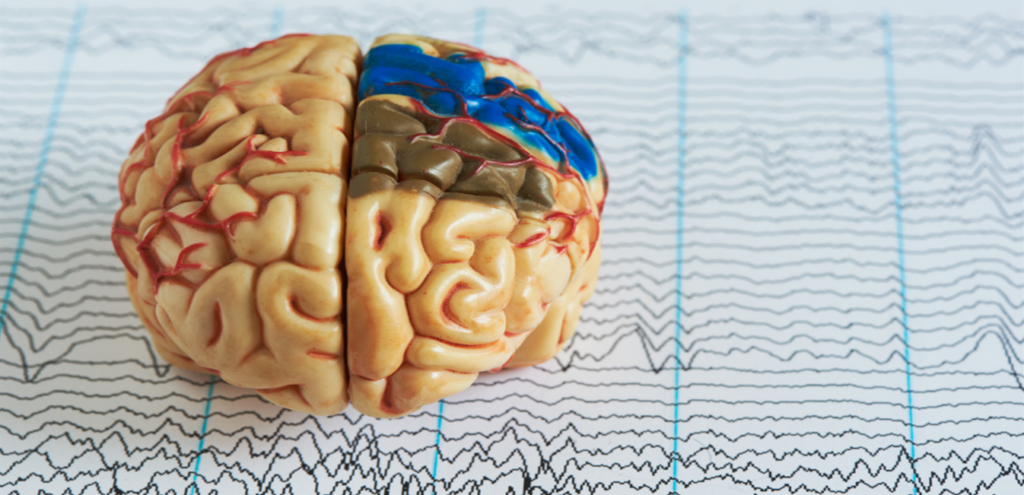What is the Idea Behind Neurofeedack Training?
The basic concept behind neurofeedback is straightforward.
The functioning of the brain and a person’s behavior are connected. Changes in behavior can change the brain, and changes in the brain can change behavior.
The brain produces electrical signals which can be measured and displayed as waves. These waves can be measured with an electroencephalograph (EEG). There are five types of brain wave: alpha, beta, gamma, delta, and theta. Each has a different frequency. Changes in brain function can thus be observed using an EEG.
Neurofeedback aims to change a person’s behavior by changing their brain.
When someone is learning a new behavior, the effects of that behavior change on the brain can be monitored in real time on an EEG and used as a mechanism to reinforce the new behavior.
How Can Neurofeedback Help with ADHD?
In the case of someone with ADHD, neurofeedback training is an alternative therapy that uses real-time EEG data to help patients train their brains to improve focus, impulse control, and executive function.
In a recent study, a team of neuroscientists found that not only did the training have a positive effect on ADHD patients’ concentration abilities, but also that the attention improvement was closely linked to an enhanced response from the brain which is known to reflect integration of information in the brain.
How Does the Treatment Work?
Below is an overview of how a neurofeedback session typically works:
Initial evaluation – Before the first neurofeedback session, the practitioner asks questions about the individual’s symptoms, treatment history, and lifestyle. In subsequent sessions, the individual provides information about their symptomsto allow the practitioner to track improvements over time.
EEG setup – At the start of each session, the practitioner attaches electrodes running from an EEG machine to the person’s head to measure brain activity. The number of electrodes varies depending on the practitioner and the session. The electrodes do not hurt, and they will not deliver an electrical current – they only measure the brain’s activity.
Activities – Once the EEG is set up, a real-time scan of the person’s brain waves shows up on a screen. The practitioner instructs the person to perform a specific task which might involve a video game or other stimuli that encourage the brain to process information in different ways. There may be music involved, or a single tone, or sounds that suddenly stop and start.
Analysis – As the brain responds to the stimuli, the EEG will show how the stimuli interrupt, change, or increase brain activity. Readings may show significant changes in the brain’s activity from session to session and allow the practitioner to determine the impact on ADHD symptoms.
Neurofeedback – The Bottom Line
The research to date suggests that neurofeedback can have a positive impact on ADHD symptoms – including improved attention, diminished hyperactivity, and enhanced executive functions, including working memory, for some patients. It is a promising therapy, but many researchers still believe more studies are needed to conclusively validate its usefulness as a long term therapy. However, it can serve as a coplementary treatment along with medication, cognitive behavioral therapy and coaching.



